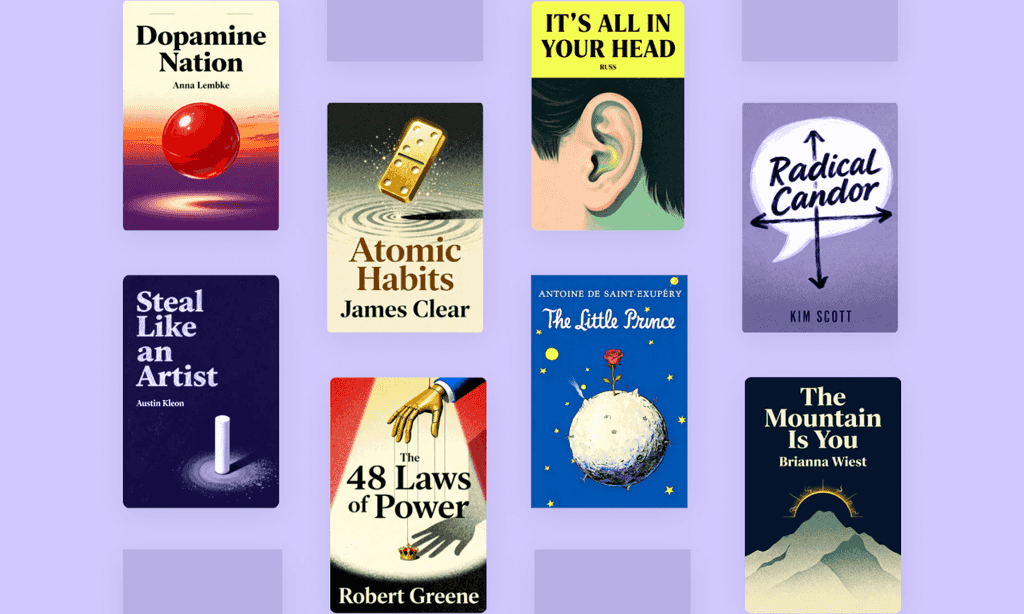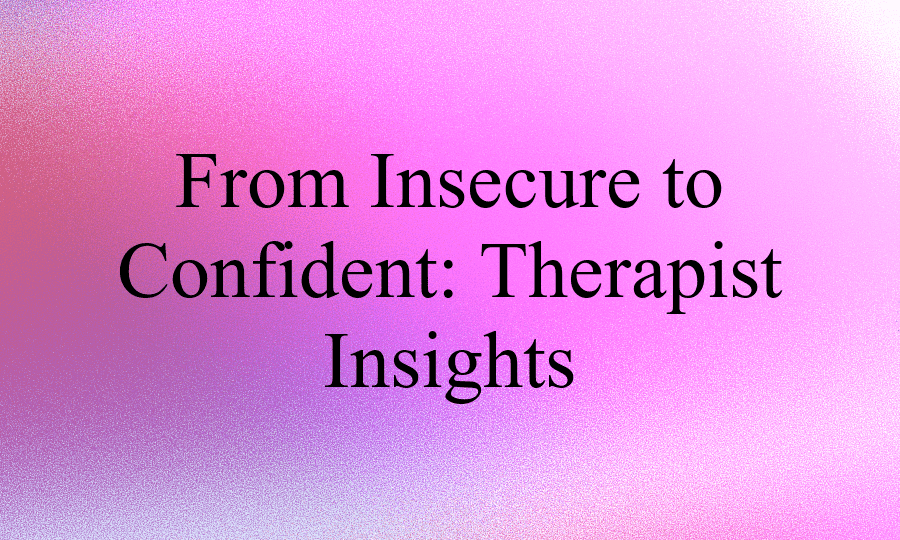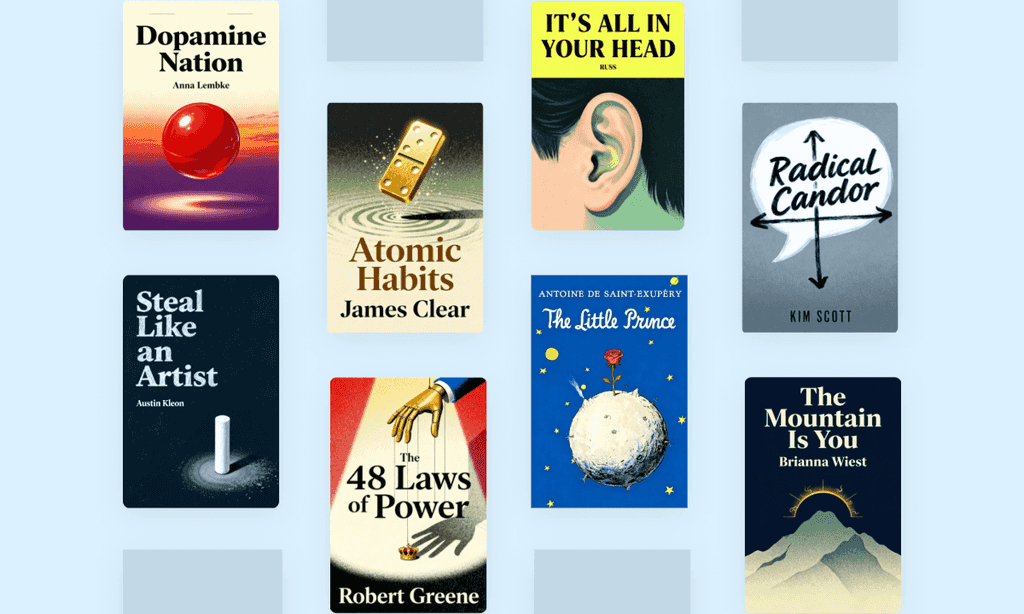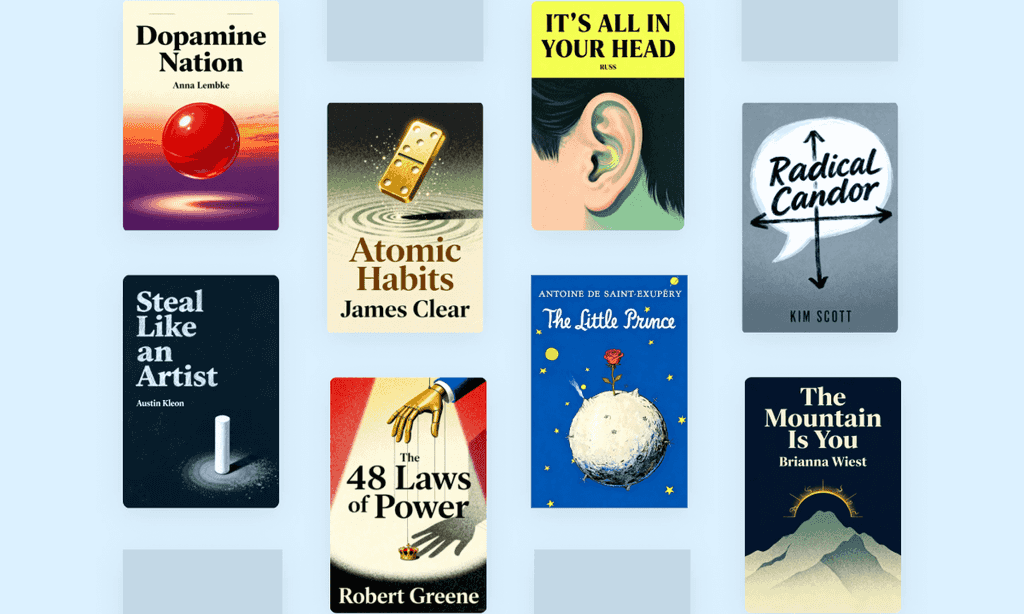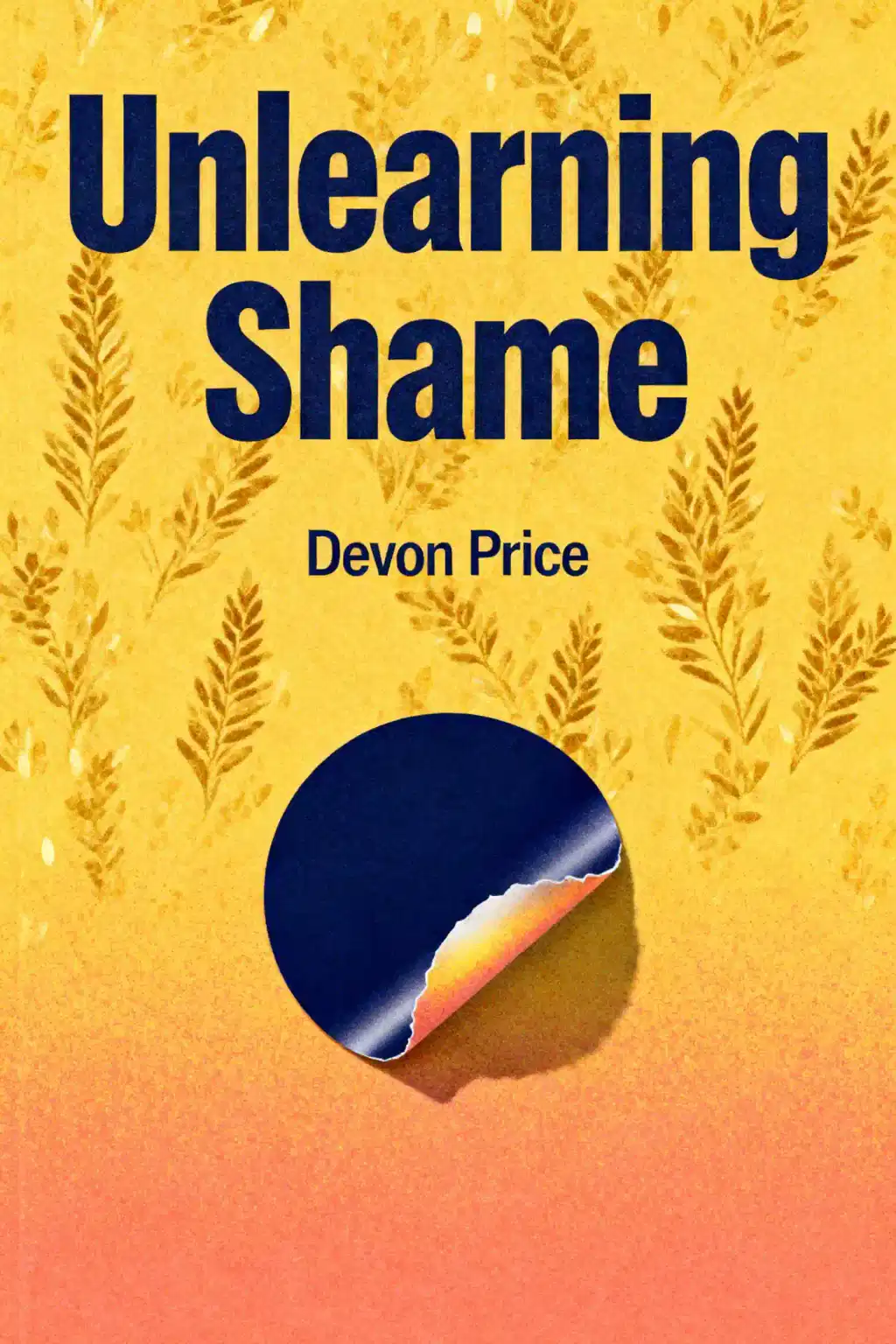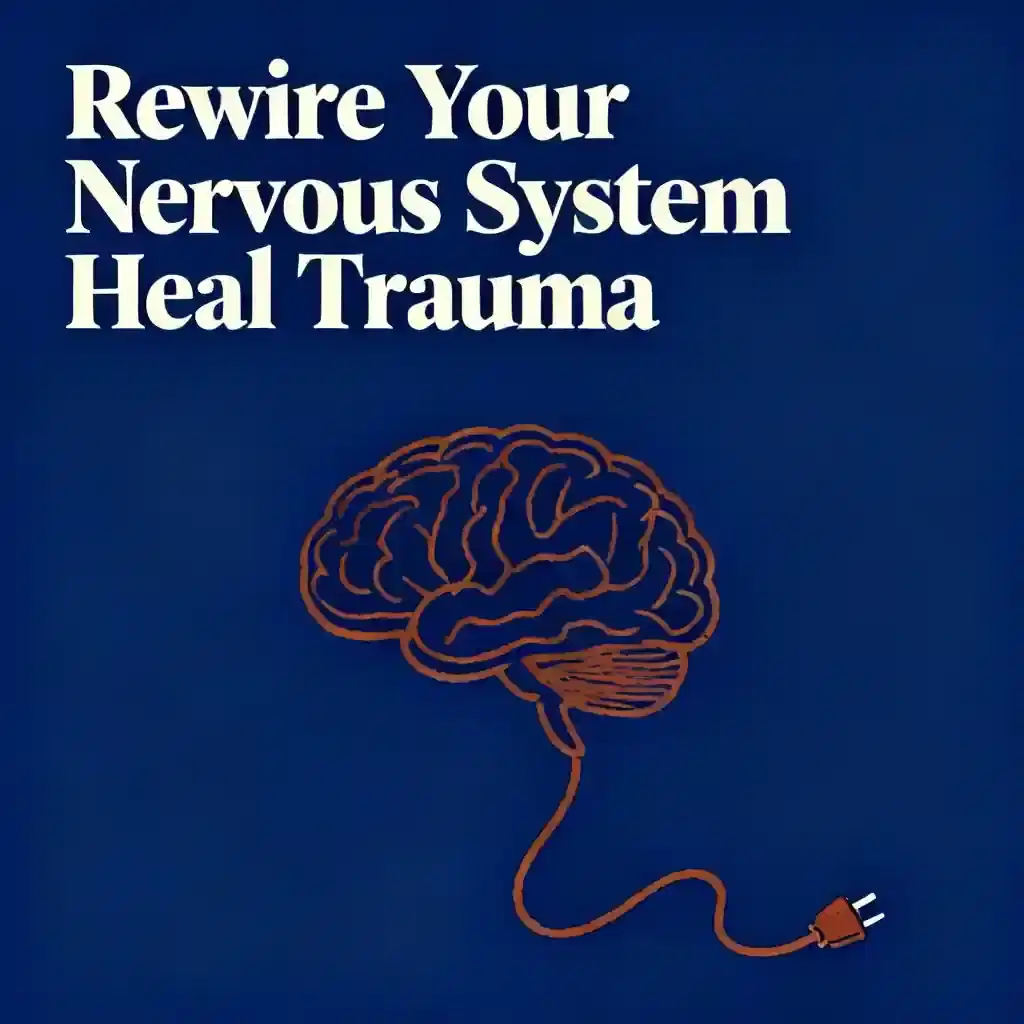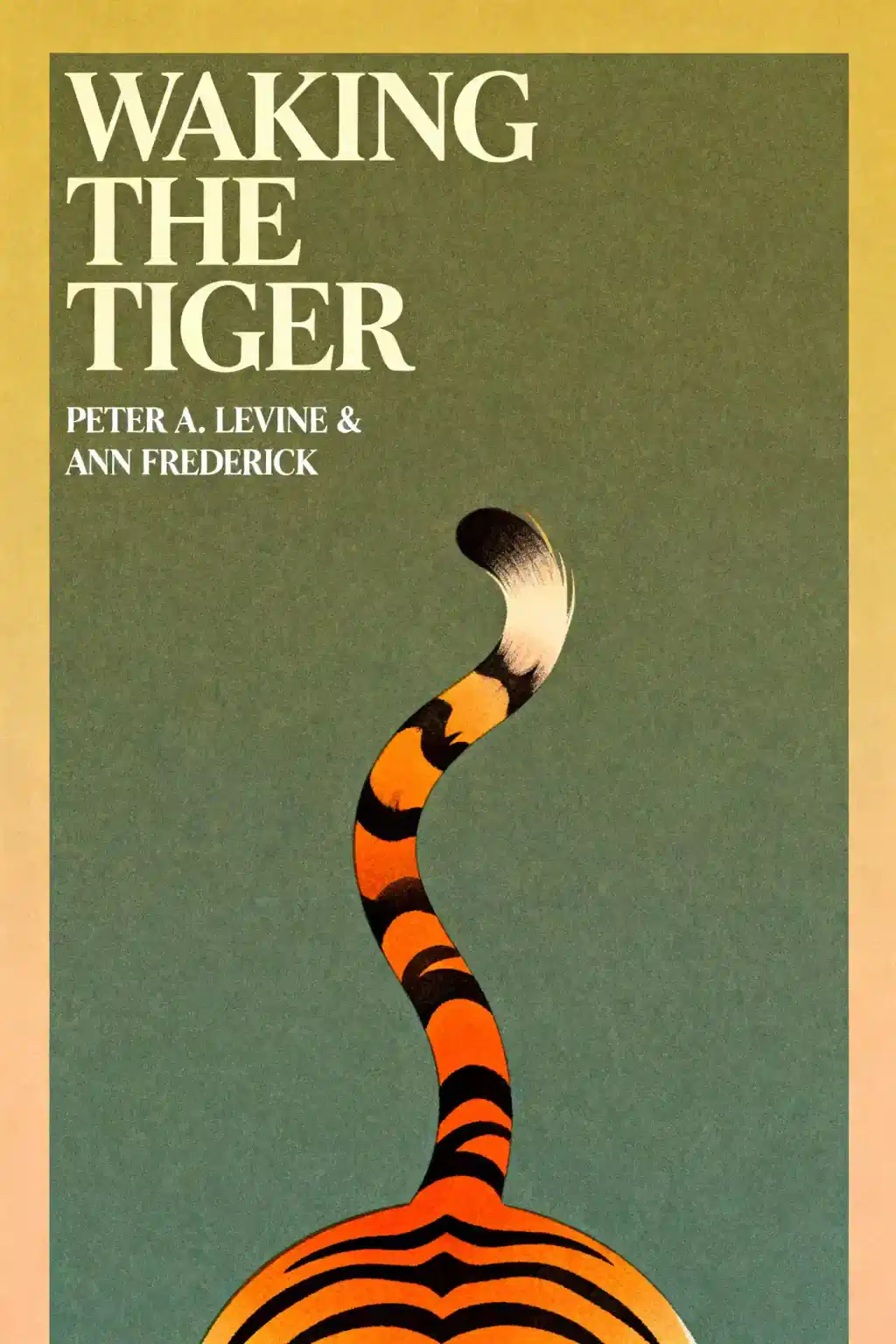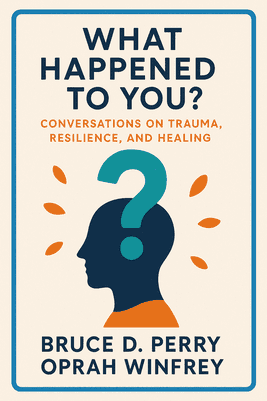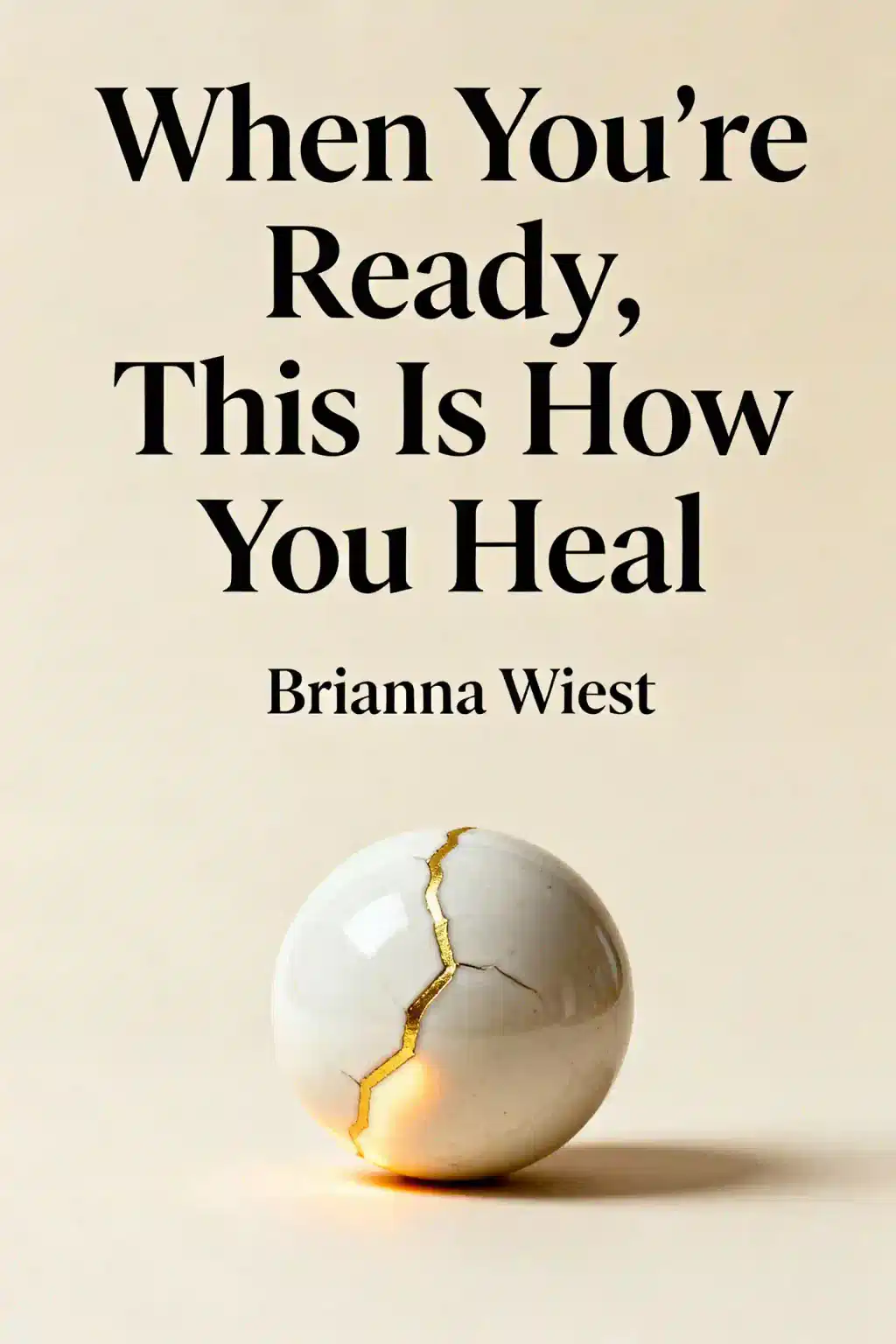
Healing the Shame that Binds You by John Bradshaw Summary
Discover why Bradshaw's groundbreaking exploration of toxic shame has sold thousands annually since 1988. This New York Times bestseller pioneered the "Inner Child" concept, transforming therapy approaches worldwide. What hidden emotion might be sabotaging your life right now?
Key takeaways
The Prison of Toxic Shame
Imagine carrying a weight so crushing that it makes you feel fundamentally defective at your core-not for what you've done, but for who you are. This is toxic shame, a soul-destroying belief that we are flawed beyond redemption. Unlike healthy shame, which simply reminds us of our human limitations, toxic shame becomes our identity. It whispers constantly: "You're not good enough. You'll never be enough. Something is wrong with you." This invisible demon has been silently tormenting millions, driving addictions, perfectionism, relationship problems, and profound unhappiness. What makes toxic shame so destructive is how it splits us from ourselves. Rather than experiencing momentary feelings of imperfection, we come to believe our entire self is defective. This internalization typically happens in childhood-through identifying with shame-based parents, experiencing emotional abandonment, or having our authentic emotions consistently invalidated. The result? Our true self goes into hiding, replaced by a false self designed to protect us from the unbearable exposure of our perceived worthlessness. We stop being and focus entirely on doing, hoping achievements will finally make us worthy of love.
The Shame Spiral and Its Manifestations
The Family Legacy of Shame
Cultural Amplifiers of Toxic Shame
The Path to Healing and Wholeness
Self-Love: The Ultimate Antidote
Embracing Our Perfectly Imperfect Humanity
About the author
John Bradshaw (1933–2016), bestselling author of Healing the Shame That Binds You, was a pioneering psychologist and leading voice in emotional health and family systems. A Houston native, he blended academic rigor—holding advanced degrees in psychology, philosophy, and theology—with groundbreaking concepts like the “inner child” and “dysfunctional family,” terms he popularized through his influential PBS television series. His work bridges self-help, psychology, and spirituality, focusing on healing childhood trauma and breaking cycles of addiction.
Bradshaw’s expertise stemmed from both clinical practice and personal experience, having overcome adversity in his own troubled upbringing. Alongside Healing the Shame, his New York Times bestselling titles include Homecoming: Reclaiming Your Inner Child and Bradshaw On: The Family, which revolutionized approaches to self-esteem and relational dynamics.
With over four million copies sold in North America alone, Healing the Shame That Binds You remains a cornerstone of recovery literature, prescribed by therapists and praised for its compassionate framework to dismantle toxic shame. Bradshaw’s legacy as “one of the most influential writers on emotional health in the 20th Century” endures through his transformative workshops and timeless insights.
Discover more
FAQs About This Book
This book explores how toxic shame – often rooted in childhood trauma or dysfunctional families – drives addiction, codependency, and self-sabotage. Bradshaw distinguishes healthy shame (guilt over actions) from toxic shame (feeling inherently flawed), offering exercises like affirmations and guided meditations to reframe self-perception. It combines personal anecdotes with therapeutic frameworks for emotional healing.
Individuals struggling with addiction, low self-esteem, or unresolved family trauma benefit most. Therapists and recovery professionals also use it to address clients’ shame cycles. The book’s mix of psychoeducation and practical exercises makes it valuable for anyone seeking to understand emotional wounds.
Yes – it’s praised for its actionable strategies to overcome shame, though some critique its heavy focus on 12-step programs and heteronormative views on sexuality. Readers report breakthroughs in self-acceptance, but recommend supplementing it with modern trauma-informed therapies.
Healthy shame guides moral behavior (e.g., regretting a lie), while toxic shame creates a crippling belief of being defective. Bradshaw argues toxic shame often stems from childhood abuse/neglect and manifests as perfectionism, people-pleasing, or addiction.
Bradshaw identifies generational shame patterns, showing how dysfunctional families pass down criticism, repression, or unrealistic expectations. He provides tools to break these cycles through boundary-setting and reparenting exercises.
Key exercises include:
- Writing letters to one’s “inner child”
- Guided visualizations to confront shame triggers
- Affirmations like “I am worthy of love”
- Feeling work to process buried emotions
Some argue Bradshaw’s “healthy shame” concept risks justifying harmful social norms. Others find his 12-step emphasis limiting and note his mid-20th-century views on sexuality feel outdated. The exercises may overwhelm readers without therapeutic support.
While both address shame’s impact, Bradshaw focuses on childhood origins and addiction recovery, whereas Brown emphasizes vulnerability and societal influences. Bradshaw’s work is more prescriptive with exercises; Brown’s is research-oriented.
Though direct quotes aren’t excerpted, key themes include:
“Toxic shame makes you feel flawed at your core.”
“Healing requires grieving the childhood you deserved but didn’t have.”
Bradshaw posits addiction as a maladaptive coping mechanism for shame. He details how substance abuse temporarily numbs shame but reinforces it through guilt over relapses, creating a destructive cycle.
Yes – its core concepts align with modern trauma-informed care. Updated editions retain relevance for understanding shame’s role in anxiety, workplace burnout, and social media comparison culture.
Absolutely. Readers use its frameworks for people-pleasing, impostor syndrome, and relationship conflicts. The exercises help anyone struggling with self-criticism or perfectionism.
Quick Summary Mode - Read or listen to Healing the Shame that Binds You Summary in 9 Minutes
Break down key ideas from Healing the Shame that Binds You into bite-sized takeaways to understand how innovative teams create, collaborate, and grow.
Flash Card Mode - Top 9 Insights from Healing the Shame that Binds You in a Nutshell
Distill Healing the Shame that Binds You into rapid-fire memory cues that highlight Pixar’s principles of candor, teamwork, and creative resilience.

Fun Mode - Healing the Shame that Binds You Lessons Told Through 24-Min Stories
Experience Healing the Shame that Binds You through vivid storytelling that turns Pixar’s innovation lessons into moments you’ll remember and apply.
Personalize Mode - Read or listen to Healing the Shame that Binds You Summary in 0 Minutes
Ask anything, pick the voice, and co-create insights that truly resonate with you.

From Columbia University alumni built in San Francisco
See More Stories?

Get the Healing the Shame that Binds You summary as a free PDF or EPUB. Print it or read offline anytime.


